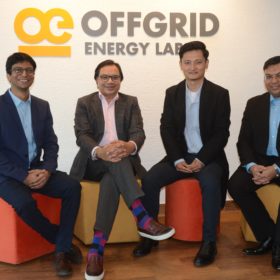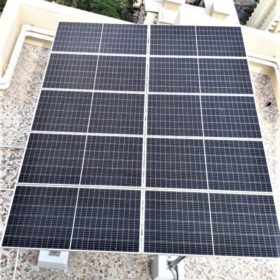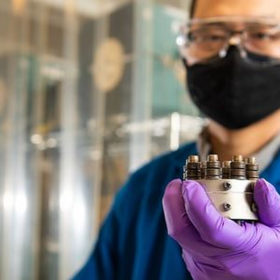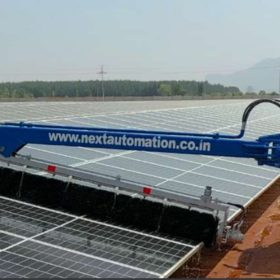Offgrid Energy Labs unveils ZincGel battery technology for stationary and low-powered mobility applications
The IIT Kanpur-incubated startup has introduced ZincGel battery technology that offers energy efficiency at par with lithium-ion products but with twice the lifecycle and negligible operational cost, which can lead to significant savings for two-wheeler EV operators.
Madhya Pradesh seeks EPC contractors for 20MW of residential rooftop solar
April 25 is the deadline to lodge the interest in installing and commissioning grid-connected rooftop solar plants in various sizes for residential consumers in the State.
Aluminum-nickel molten salt battery for seasonal renewables storage
US scientists have developed a battery that can retain 92% of its initial capacity over periods of 12 weeks, with a theoretical energy density of 260 W/hour per kg. It was built with an aluminum anode and a nickel cathode, immersed in molten-salt electrolyte.
NHPC tenders EPC work for 75MW of solar
Domestic bids are invited for the engineering, procurement and construction of 75MW of ISTS connected solar power projects anywhere in India for sale of energy through power exchange. Bidding closes on May 18.
Japan’s Mitsui to buy 49% in ReNew Power’s round-the-clock project
Japanese investor Mitsui has signed the agreement to raise a 49% stake in ReNew Power’s 1.3GW hybrid renewable energy project supplemented with up to 100MWh of battery storage. The project will supply 400MW of round-the-clock power to the Solar Energy Corporation of India (SECI) under a 25-year power purchase agreement.
Tractor-mounted, hydraulic panel cleaning arm for solar farms
Tamil Nadu based Next Automation has come up with a tractor-mounted hydraulically operated arm as a fast, accurate, cost-effective, and water-efficient cleaning solution for panels in solar farms.
Modular electrolyzer for residential, commercial applications
Germany’s Ostermeier H2ydrogen Solutions has developed an electrolyzer that works with tap water, with bottles to store hydrogen and a fuel cell or a Wankel engine to produce electricity. The system has a capacity ranging from 1kW to 100 kW, which corresponds to hydrogen production of 0.2-20 Nm3/h.
SMA unveils new inverter for residential, commercial PV
SMA is offering a new line of four inverters with power ratings of 12kW, 15kW, 20kW and 25kW, for use in rooftop PV systems up to 135kW in size. It claims the inverters provide grid-compliant power control of entire systems and enable over-dimensioning of PV arrays by up to 150%.
Gautam Solar releases gel battery solution for solar storage
India’s Gautam Solar says its gel batteries provide a safer, cost-effective, and long-lasting alternative for the energy storage space.
India’s utility-scale PV capacity hit 41.7GW in December
India installed 41.7GW of cumulative utility-scale solar capacity as of Dec. 31, 2021. It has another 44.6GW in the pipeline.















